Can You Grow Cover Crops Alongside Main Crops?
Wondering if you can grow cover crops with cash crops, and why you might do that? Let's explore.
Cover crops are arguably the best way to improve soil health and fertility, but they often require a separate growing cycle.
That can be especially inconvenient for gardeners with very limited space. I've run into that limitation in community gardens, apartment patios, and indoor gardening.
My favorite solution is to grow cover crops among your food crops, which allows you to improve soil health while still yielding food. This typically takes the form of undercropping.
Disclaimer: This post may contain affiliate links. Refer to the privacy policy for more information.
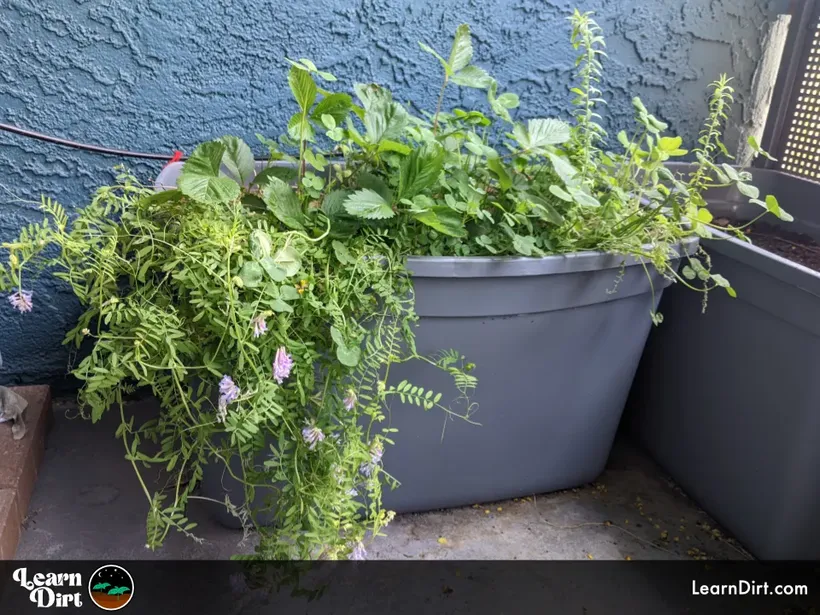
All are chopped and dropped back into the planter
Why Grow Cover Crops With Main Crops?
Interspersing cover crop seeds with main crops is especially useful in small spaces, such as planters, raised beds, or rented plots at community gardens. In these spaces you often can't afford to sacrifice an entire cycle only to cover crops.
Growing cycles of cover crops alone may be impractical, as they often do not yield a harvest.
Instead by growing cover crops among your main crops, you can avoid this issue and balance what you're taking with what you're giving back to the soil.
This technique is also great for indoor growing, where full cycles of cover crops may not be ideal due to electricity costs.
I've found that by interspersing cover crops with cash crops, you can maximize your yields while simultaneously building and regenerating your soil.
Let's look at some specific advantages of growing cover crops alongside your main crops:
Soil-Building
Soil-building is the process of improving soil over time.
This is a fundamental pillar of regenerative gardening, and is one of the most important parts of an organic garden.
Without healthy soil and a thriving microbiome, veggies simply aren't going to grow well or produce.
Cover crops are, broadly speaking, the crops which you grow to feed to your soil. This typically happens through one of the following channels:
- Chop & Drop → Soil
- Compost → Soil
- Livestock → Manure → Soil
- Livestock → Manure → Compost → Soil
By growing cover crops to feed to your soil, you can provide all the carbon and nitrogen that will ever be required by your plants. Cover crops are a key source of these macronutrients, pulling both directly from the atmosphere.
By growing cover crops alongside your main crops, you're growing the nutrients which will be fed to the soil and power future cycles of veggies.
To learn more about soil-building, check out this Soil-Building Guide.
Weed Suppression
Some cover crops like sweet potatoes will create a blanket of green underneath main crops, filling in all available space.
This can have a huge affect on weeds, significantly reducing weed pressure and the subsequent labor involved in pulling them.
If you grow covers which outcompete weeds, you'll have a much more enjoyable time gardening.
Some great cover crops for weed suppression are:
Erosion Control
Another benefit of this technique is the reduction of erosion and runoff.
Cover crops help to protect the soil from wind and water erosion.
This can be super important in areas with heavy rain or wind, like our desert flash floods here in Tucson during monsoon season.
The roots of cover crops also help to absorb excess water and prevent runoff, which can carry nutrients away from your garden.
Plant root systems can even transport water between plants in some instances. Don't underestimate the power of a vast root network of cover crops filling all the gaps between and under your veggies!
Biodiversity
Trap Cropping
In addition to improving soil health and fertility, utilizing cover crops alongside main crops can also help to control pests and diseases.
Cover crops can act as a barrier to pests, preventing them from reaching cash crops. They may also act as trap crops.
How to Grow Cover Crops Alongside Main Crops
Choosing Cover Crops
Pairing Cover Crops With Main Crops
Let's look at clover, as an example. Clover is a low-growing cover crop that can protect and cover the soil, without smothering out your veggies.
Its low growth habit means you're safe to grow clover among most crops!
Other covers such as legumes can add nitrogen to the soil, to counteract what other plants take.
This can result in a net gain of nitrogen for the soil when balanced with your main crops.
Timing Your Seeding Correctly
While you can sow your main crops directly in cover crop residue, it's usually easier to broadcast cover crop seeds after main crops are established.
Regenerative Polyculture
Cover crop utilization constitutes an important pillar of regenerative gardening.
By using cover crops alongside main crops like veggies, you are practicing regenerative agriculture and systems thinking.
Regenerative agriculture seeks to improve the health of the entire ecosystem, including the soil, plants, animals, and humans.
By improving soil health, you are creating a healthier environment for your plants. This, in turn, can improve the health of the entire ecosystem from the bottom up.
Systems thinking recognizes that changes to complex systems often have unintended consequences, and that our role as gardeners is to shepherd the system and help it to balance itself naturally with some oversight.
Using cover crops with cash crops is an effective way to improve soil health, control pests and diseases, reduce erosion and runoff, and practice regenerative agriculture.
This technique is especially useful in small spaces or indoor growing, where maximizing yields and building soil health can be challenging.
I've done this in small apartments, community gardens, indoor gardens, and even windowsill gardens. It can work at any scale, but I find it best where space is at a premium.
By incorporating cover crops into your garden, you are creating a healthier environment for your plants and the entire ecosystem!
Final Thoughts...
For farms with the space to afford it, growing dedicated cover crop cycles in specific beds or fields can be an amazing investment. This is especially true when monocropping and harvesting by machine. Interspersed cover crops don't work well with main crops in those conditions.
For home gardens, market gardens, community gardens, and indoor gardens, however, space is at a premium. In these conditions it can be hard to dedicate the space or electricity to grow entire cycles solely of cover crops.
These are the circumstances in which I would recommend interspersing cover crops with a diversity of main crops. I call this the polycrop jungle strategy.
Many cover crops have low growth habits, like clover, alfalfa, and buckwheat. These can create a wonderful carpet underneath your main crops. They give you a great chance to build, cover, and protect your soil without sacrificing a main crop season.
Other cover crops like flax, millet, sudangrass, oats, rye, wheat, and sorghum tend to grow tall and skinny, popping up in any space they can find between your main crops. Each of these is a different height, which is worth considering. Any of these cover crops can simply be chopped down anytime they grow taller than your main crops.
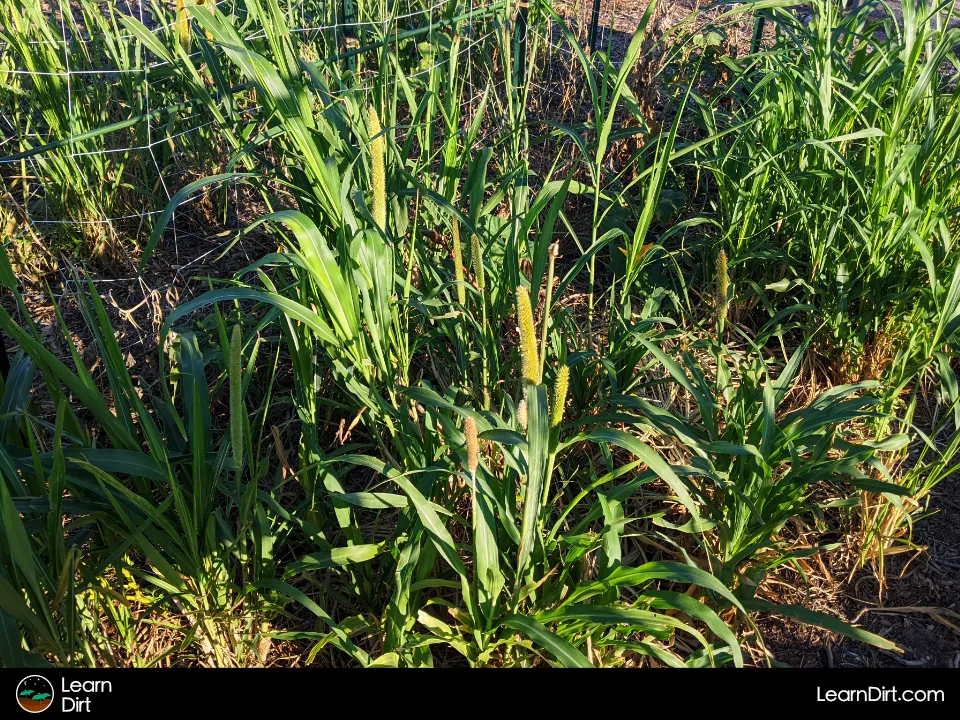
Let's not forget about the climbing cover crops such as cowpea and hairy vetch. Both of these will do great on a trellis. I find that trellising my cover crops lets me get them out of the way, utilizing practically zero square footage, and provides me continuous nitrogen-rich chop and drop to mulch my soil with.
Happy gardening, y'all!







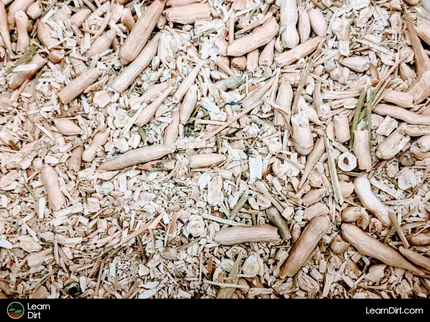
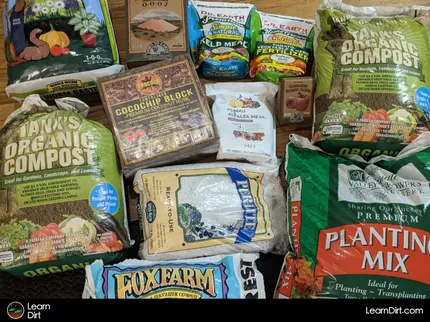
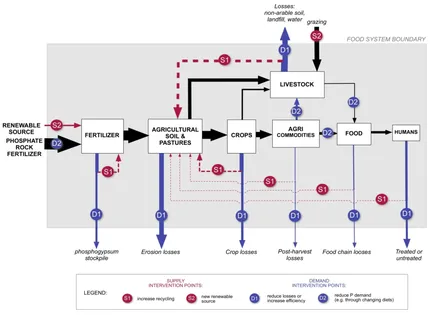
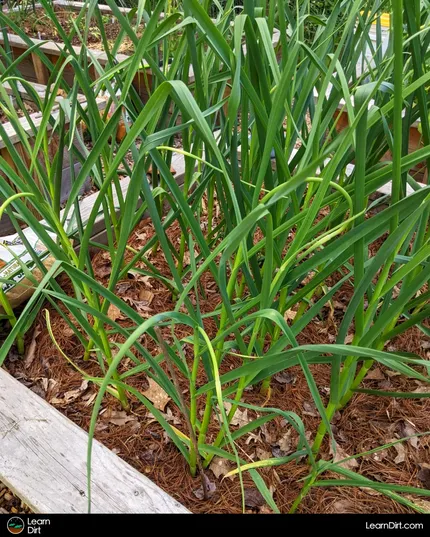
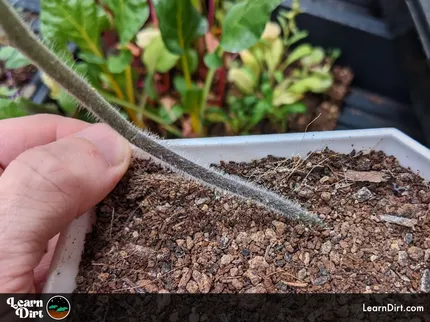
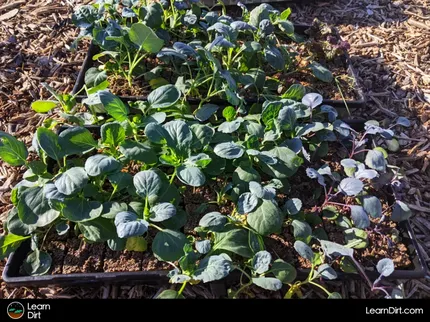
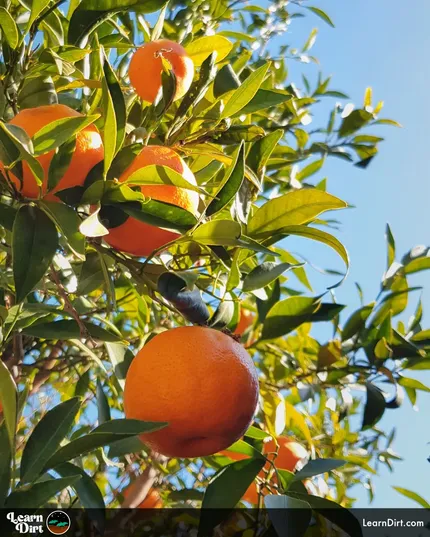
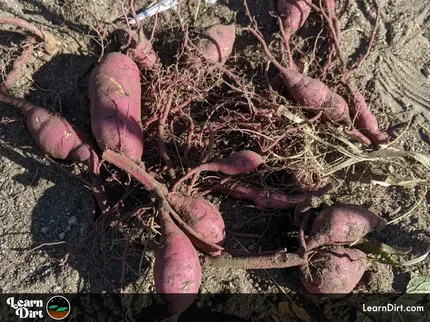
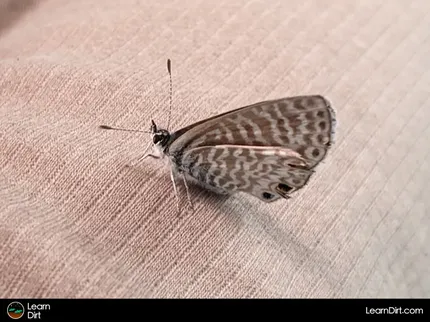
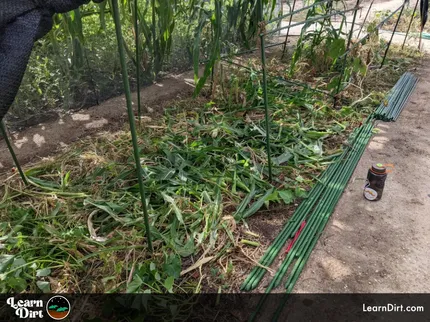
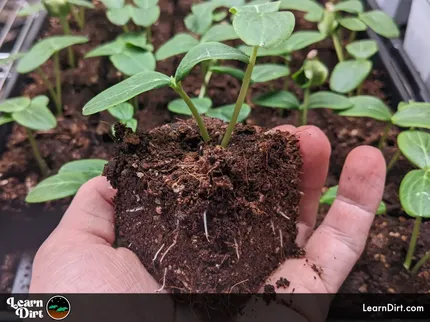
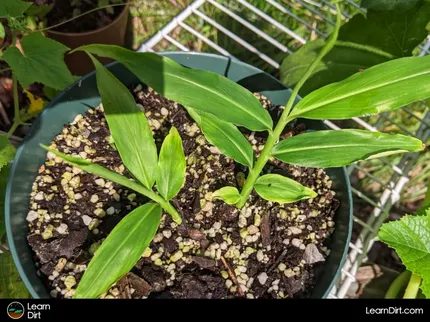


![Don't Till Away Your Carbon [Neon] Sticker](/media/product_images/dont-till-away-your-carbon-[neon]-sticker_260x260.png)
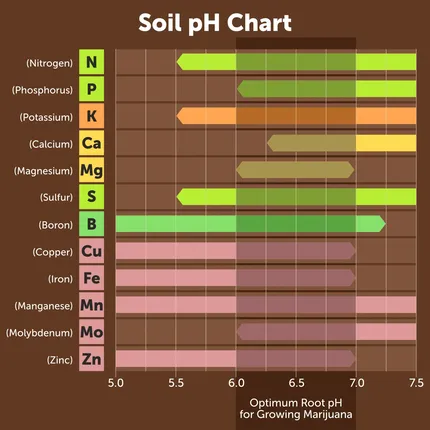
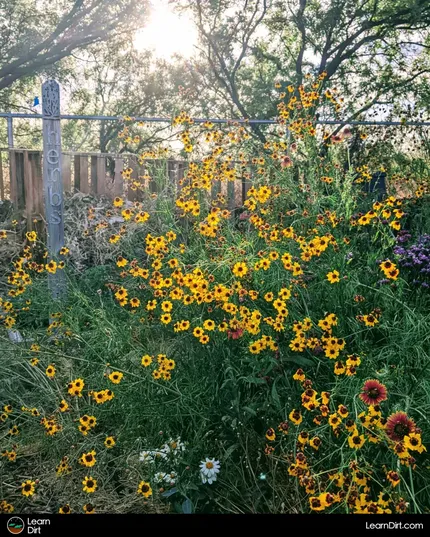
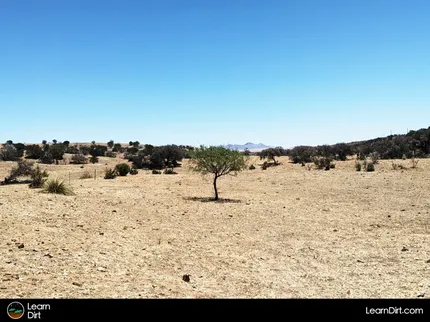
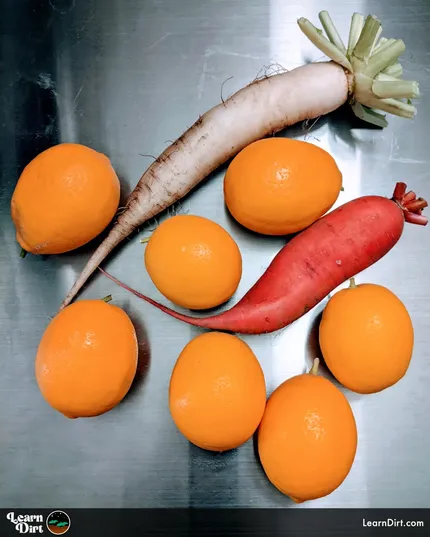
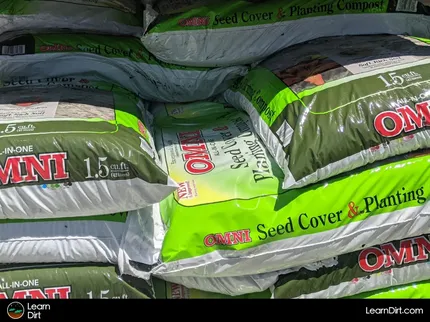
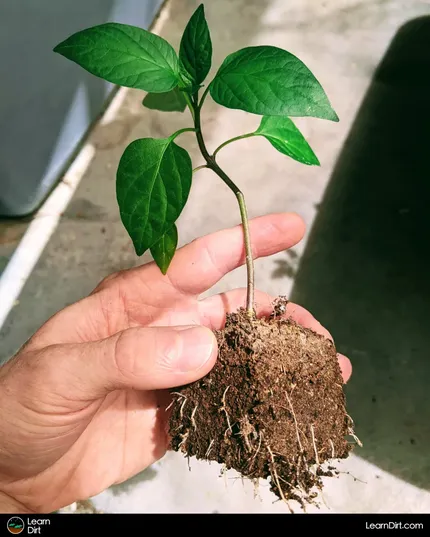
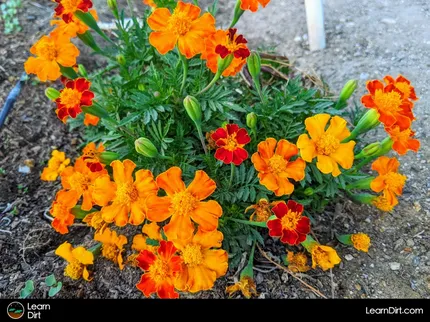
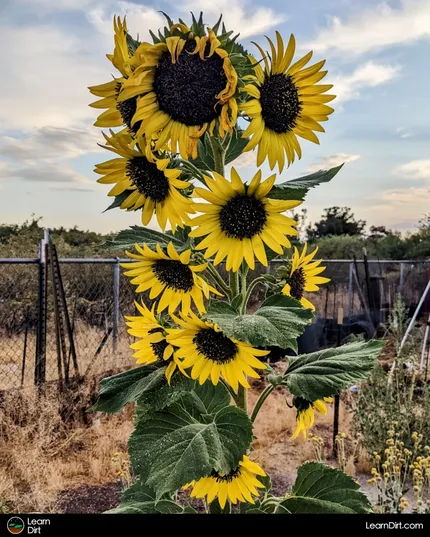
Leave A Comment:
Under construction, please check back soon!